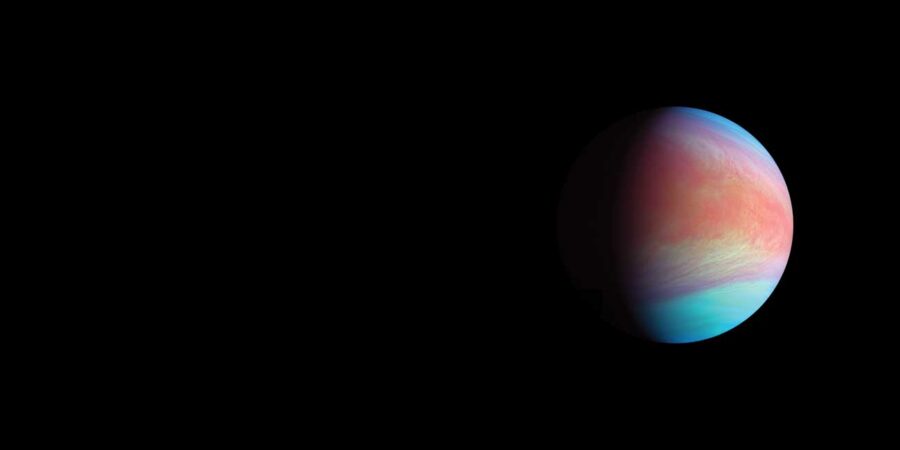Will phosphine be the “Mars rock” of our sister planet?

© PLANET-C Project Team
Scientists have reported phosphine, a candidate biosignature gas, on Venus! Exciting, but what does this mean?
There are three possible outcomes. Least likely is that it turns out to be genuine evidence for life. But we can’t rule this out and indeed must take it seriously as a viable hypothesis while we investigate further. That’s worthy of excitement and wonder.
Barring life, phosphine may point to unknown chemistry in the Venusian atmosphere. This is important to understand if we hope to use biosignature gases to infer the possible presence of life on exoplanets.
Or, the detection could be shown to be false, as scientists scrutinize, repeat, and supplement the detection methods with further, less ambiguous techniques. The team that published this finding did careful, rigorous work, but it was a tricky analysis, and new research will confirm or reject it.
We’ve had false alarms before. A famous one was the “Mars rock” — the evidence for microfossils in the Martian meteorite ALH84001, reported in Science in 1996. Though now widely regarded as a misinterpretation, the “Mars rock” episode forced us to think about possible life on early Mars. Many skeptics suddenly began saying, “Why not?” Out of this came a massive boost for both astrobiology research and Red Planet exploration.
The same could happen for Venus. Indeed, I believe we’ll soon see several new spacecraft launched to explore the clouds, atmosphere, and surface, to better understand the geology, climate, evolution, and maybe even past or present biology.
There’s more than one way to look at the question of life on other planets. This is good since we know nothing about extraterrestrial life. We think we know that life needs water, organic matter, and energy. But it’s worth noting that Earth, the only living world we know, has some rare properties that could also be key to life’s emergence.
Our planet is active and self-renewing. Life here relies on two giant heat engines: the restless, overturning interior, which constantly feeds new minerals and gases to the surface; and the sunlight-driven churning of our atmosphere, which circulates those gases and erodes those rocks, ever exposing fresh surfaces and fueling the geochemical cycles upon which life feeds.
Venus, too, has a geologically active surface fed by a restless interior engine and a thick, dynamic, solar-driven envelope. In our solar system, arguably only Venus and Earth share these qualities (although Titan gets an honorable mention).
This is why I’ve long pushed the idea of a possible biosphere in Venus’s cool clouds. It’s not just the relatively moderate conditions, potential nutrients, and energy sources, and not just strange mysteries such as the “unknown ultraviolet absorber” that acts almost like a photosynthetic pigment, hungrily sucking up more than half the solar energy reaching the planet.
It’s that rare liveliness of the Venusian atmosphere, which suggests to me that perhaps something could have evolved to take advantage of that fertile environment. Recent model results showing that Venus was likely habitable on the surface for most of its history provide a compelling origin story for life, which may have ended up as “climate refugees” in the clouds.
If the phosphine holds up, then clearly we need to go and investigate. Even if it doesn’t, the finding is shining a bright spotlight on this underexplored and mysterious realm. It is forcing scientists to reexamine their assumptions and to once again ask, “Why not?”
This article originally appeared in print in the January 2021 issue of Sky & Telescope. Subscribe to Sky & Telescope.
 0
0
Comments
You must be logged in to post a comment.